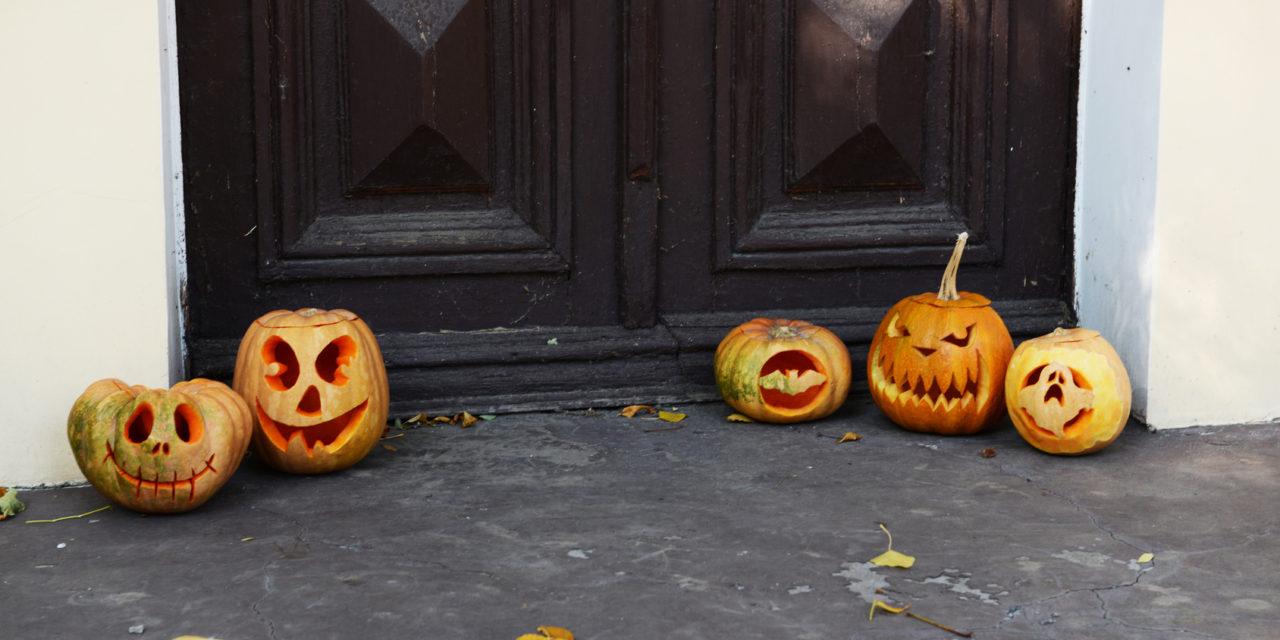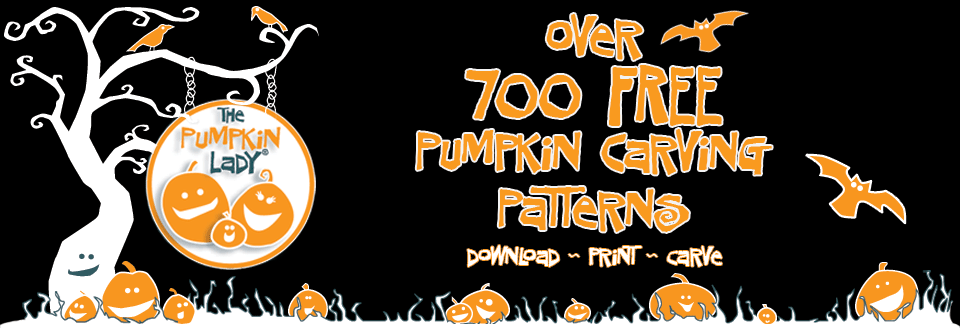In the United States, the United Kingdom, Ireland, and Canada, it is customary for children to go trick or treating on the evening of October 31. They dress up in costumes, wigs, makeup, or masks and go from door to door (usually in groups of four or five). They knock on the door or ring the doorbell and cry “Trick or Treat”! The homeowner opens the door and drops a treat (usually candy or cookies) into the bag that each child is carrying.
The “trick” part of the trick or treat cry is actually a threat to do harm to the homeowner or his property if a treat isn’t forthcoming. Small children, of course, have no intention of hurting the homeowner or his property whether a treat is given or not. It is simply part of the tradition of trick or treating.
Some say that the tradition of trick or treating can be traced back to the Middle Ages, when poor people would go door to door begging for food in exchange for prayers for on All Souls Day. Shakespeare acknowledges the tradition in his comedy “The Two Gentlemen of Verona” that he wrote in 1593. In the play, when Speed accuses his master of “puling like a beggar at Hallowmas,” “puling” means whimpering and whining. It is true that the custom of trick or treating does resemble what was called “souling” in medieval times.
There is nothing to indicate that the custom of “souling” was ever practiced in America, and most people say that Halloween as we know it originated in America and spread to other countries as America became more influential in the world.
Whether trick or treating has its roots back in the Middle Ages or originated right here is America doesn’t really matter. If you have small children in your neighborhood, it’s a good idea to stock up on Halloween candy before October 31!











